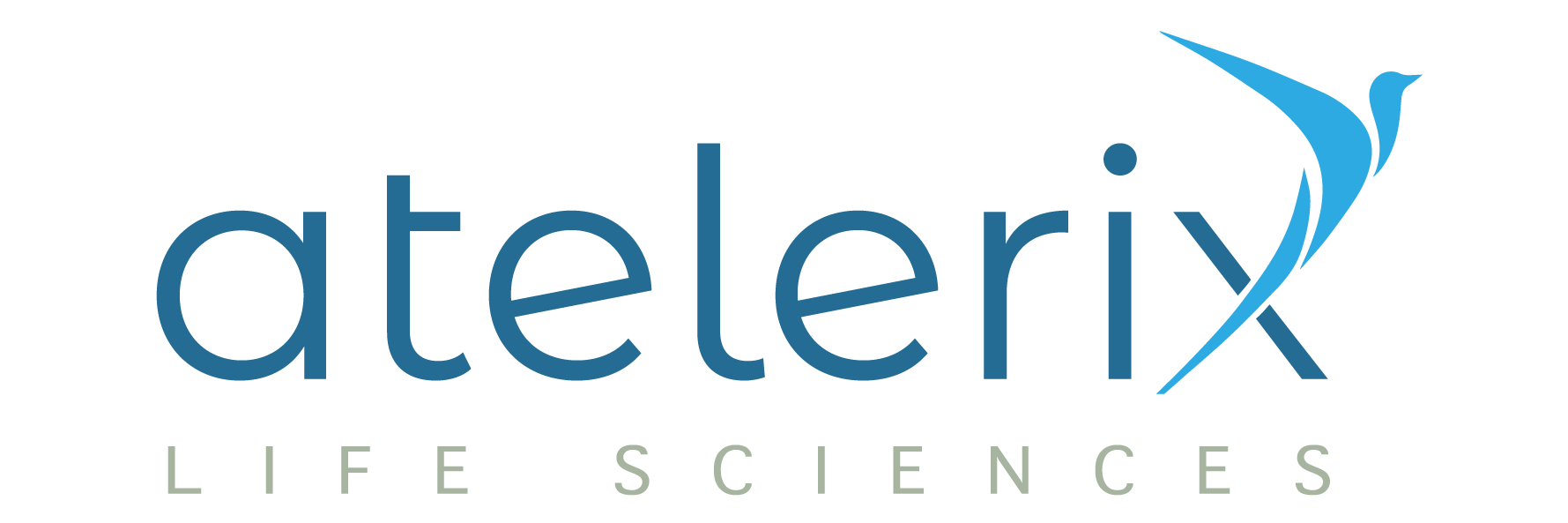[vc_row css_animation=”” row_type=”row” use_row_as_full_screen_section=”no” type=”full_width” angled_section=”no” text_align=”left” background_image_as_pattern=”without_pattern”][vc_column][vc_column_text]
New Approach; New Science
[/vc_column_text][/vc_column][/vc_row][vc_row css_animation=”” row_type=”row” use_row_as_full_screen_section=”no” type=”full_width” angled_section=”no” text_align=”left” background_image_as_pattern=”without_pattern”][vc_column][vc_column_text]
Novel drugs called Active Thiol-Based Compounds (ATBCs) can prevent or reverse side effects by targeting newly discovered metabolic pathways:
[/vc_column_text][/vc_column][/vc_row][vc_row css_animation=”” row_type=”row” use_row_as_full_screen_section=”no” type=”full_width” angled_section=”no” text_align=”left” background_image_as_pattern=”without_pattern”][vc_column][vc_column_text]
- These drugs target a completely novel molecular pathway – modulating the downstream signaling from activated opioid receptors
- NIH-supported discovery and pre-clinical development have validated the concept, with compelling data supporting a robust pipeline of novel proprietary lead compounds
- These new drugs are now being developed for the clinic to treat opioid-induced side effects
[/vc_column_text][/vc_column][/vc_row][vc_row css_animation=”” row_type=”row” use_row_as_full_screen_section=”no” type=”full_width” angled_section=”no” text_align=”left” background_image_as_pattern=”without_pattern”][vc_column][vc_column_text]
Atelerix Life Sciences Inc. is driving this new approach in cooperation with the drugs’ co-inventors, their colleagues, the NIH, and other experts worldwide
[/vc_column_text][/vc_column][/vc_row][vc_row css_animation=”” row_type=”row” use_row_as_full_screen_section=”no” type=”full_width” angled_section=”no” text_align=”left” background_image_as_pattern=”without_pattern”][vc_column][vc_column_text]
How it Works
[/vc_column_text][/vc_column][/vc_row][vc_row css_animation=”” row_type=”row” use_row_as_full_screen_section=”no” type=”full_width” angled_section=”no” text_align=”left” background_image_as_pattern=”without_pattern”][vc_column][vc_column_text]
Our ATBCs interact with the signaling pathways of activated opioid receptors, reversing opioid-induced side effects w/o diminishing pain relief.
[/vc_column_text][/vc_column][/vc_row][vc_row css_animation=”” row_type=”row” use_row_as_full_screen_section=”no” type=”full_width” angled_section=”no” text_align=”left” background_image_as_pattern=”without_pattern”][vc_column width=”1/2″][vc_single_image image=”92″ img_size=”full” qode_css_animation=””][vc_column_text]
Activated opioid receptors trigger multiple molecular signaling pathways, including the G Protein Pathway which causes pain relief/euphoria and the ERK/Barr pathway which prompts side-effects
[/vc_column_text][/vc_column][vc_column width=”1/2″][vc_single_image image=”93″ img_size=”full” qode_css_animation=””][/vc_column][/vc_row][vc_row css_animation=”” row_type=”row” use_row_as_full_screen_section=”no” type=”full_width” angled_section=”no” text_align=”left” background_image_as_pattern=”without_pattern”][vc_column width=”1/2″][vc_single_image image=”92″ img_size=”full” qode_css_animation=””][vc_column_text]
Naloxone displaces the opioid on the receptor, shutting down the signaling pathways the regulate both the side effects and the pain relief
[/vc_column_text][/vc_column][vc_column width=”1/2″][vc_single_image image=”94″ img_size=”full” qode_css_animation=””][/vc_column][/vc_row][vc_row css_animation=”” row_type=”row” use_row_as_full_screen_section=”no” type=”full_width” angled_section=”no” text_align=”left” background_image_as_pattern=”without_pattern”][vc_column width=”1/2″][vc_single_image image=”92″ img_size=”full” qode_css_animation=””][vc_column_text]
ATBC compounds interact with a specific portion of the activated ERK/Barr signaling pathway, shutting down-side effects while preserving pain relief
[/vc_column_text][/vc_column][vc_column width=”1/2″][vc_single_image image=”95″ img_size=”full” qode_css_animation=””][/vc_column][/vc_row]
